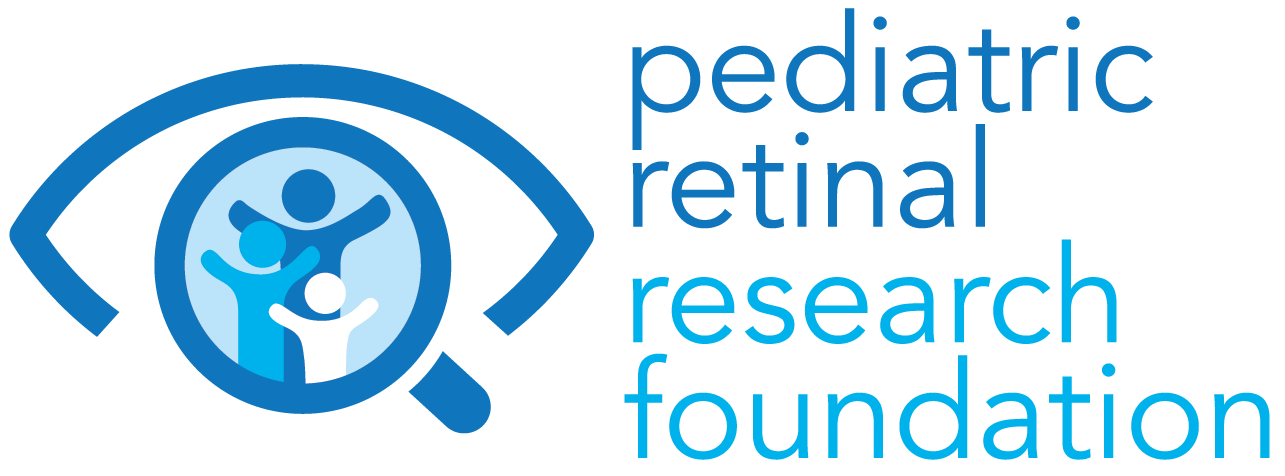What is an iep?
An IEP is a 10-15 page (or more) legal binding document that is a mutual agreement between parents and educators that blueprints your child’s education path and progress each and every year. It includes all the names of your child’s service providers. You and all these educators attend the IEP meeting that is held at the same time annually.
The key to your child’s success is being an amazing parent advocate and knowing your child’s special education rights. It is required that you are offered a Parent Information Handbook on Special Education Services before every IEP meeting begins. Read this thoroughly; It is very helpful. If it’s your first IEP meeting, ask for it ahead of time so you have time to read through it all.
Highlight your child’s strengths. Take the “microphone” at the beginning of each IEP and give the team some information about your child’s strengths to start out on a positive note. Also, having a visually impaired/blind child in school can be a rarity in most school districts. You as a parent, need to educate educators on your child’s disability. The team will construct your child’s IEP according to how they think it should look, but your input matters. Individuals that are even specialized to work with the visually impaired/blind do not have the experience you have living with your child from day to day. You know your child better than anybody else!
Never attend an IEP meeting alone. Have your spouse, friend, family member, or special education advocate attend with you. These meetings can be very overwhelming.
Service Providers
TCVI - Teacher Consultant for the Visually Impaired
O&M or COM - Certified Orientation & Mobility Specialist
OT - Occupational Therapist
PT - Physical Therapist
SLP - Speech-Language Pathologist
There are many more service providers that are available to customize your child’s educational needs.
Time and Frequency of Services
There is a section in the IEP that states the time and frequency of your child’s service time with each service provider.
Supplementary Aids and Services
This is a section in the IEP that lists all the accommodations your child will need in school.
Examples:
Assistive technology, preferential seating, tactile tools, Braille, a one-on-one paraprofessional, a larger desk in each class for more work space, more time to travel the hallway to get to each class (secondary school), and reduced homework assignments.
You, as the parent, can suggest accommodations you think your child will need to help them succeed in school.
Assistive technology is a large key to your child’s success in school. Educate yourself on all the types of devices that can be used to make your child’s journey through school much smoother. The more you educate yourself, the easier you can advocate for the device to be purchased by the school district. These devices are not cheap. The school district has to provide these devices if they are a critical tool to success in your child’s education. Here are some helpful links to some of these amazing devices:
Schedules
Most parents aren’t told this, but in the Schedules section; it states the frequency of progress reporting. The IEP is defaulted to say, “Grading Period”. You can request daily, weekly, bi- weekly, or monthly reporting. You must specify that to be changed at the IEP meeting if you prefer more reporting.
Advocacy Binder
Have a tabbed binder to keep your child’s paperwork organized:
IEP’s (in order by year)
Medical concerns
Technology concerns
School Concerns
Emails with the special ed teaml (paper trails are vital)
Calendar (to keep record of missed service time - by law providers have to make up this service time if they miss it due to meetings or being sick. If your child is sick or misses it because of an appointment, it does not have to be made up.)
Progress reports Achievements/certificates
Bring this along to every IEP meeting. If there is ever a discrepancy or question, you have all this important documentation at your fingertips.
Written by Karen Hoogland

